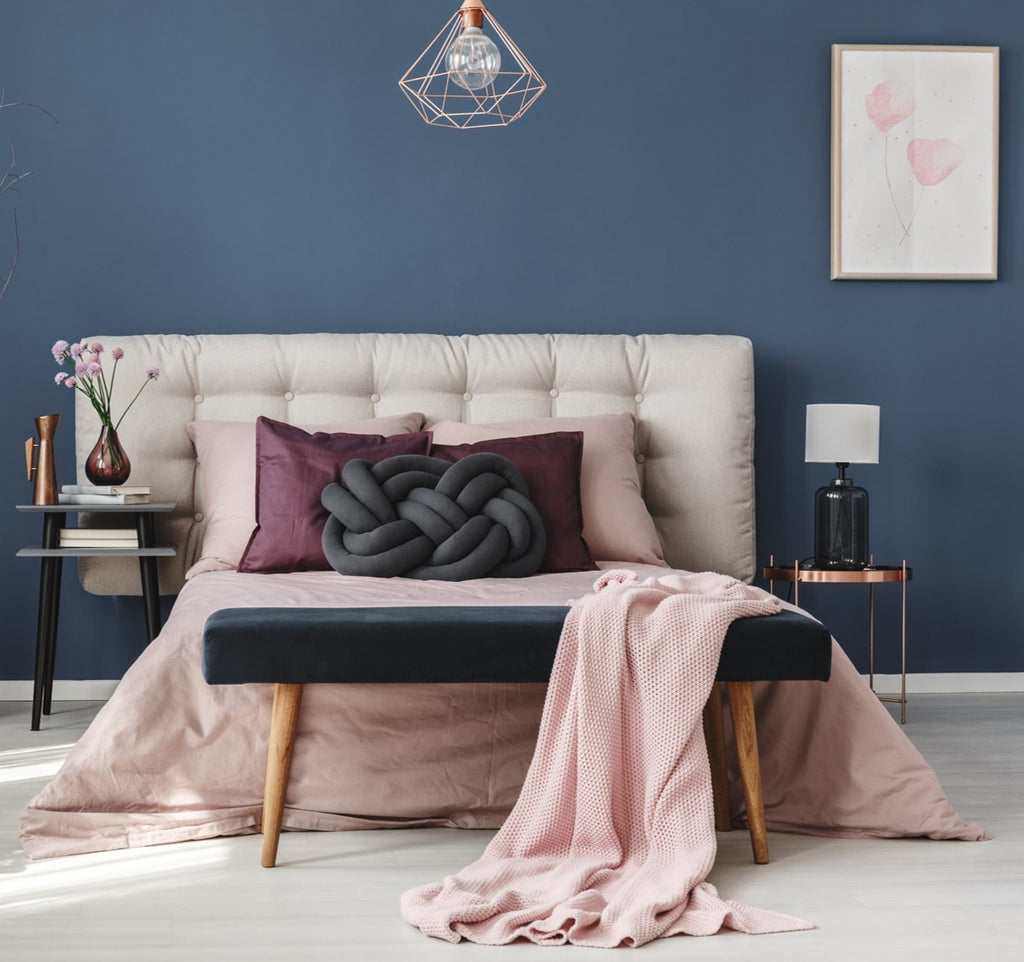- Home
- SHOP ▾
- Store Locator
- Media
- Product Information ▾
- Our Associations ▾
- Warranties ▾
- Advice ▾
- Blog

Every year billions of people are travelling and each trip they take the risk of bringing home a bed bug infestation.
Bed bugs love to hitchhike on luggage.
Found worldwide and an increasing problem in Australia and New Zealand, be sure to know what to look for these holidays or whenever travelling to ensure you and your family are protected from their nasty bites.
 Small in size, they are attracted to warmth, and are most active at night biting areas of exposed skin while sleeping. Their bite causing an allergic reaction which is displayed on the skin as itchy red welts usually not felt until some minutes or hours after the bite.
Small in size, they are attracted to warmth, and are most active at night biting areas of exposed skin while sleeping. Their bite causing an allergic reaction which is displayed on the skin as itchy red welts usually not felt until some minutes or hours after the bite.
Bed bugs have small, flat oval bodies. Adults are brown in colour, reddening after feeding. Despite common misconceptions that they are too small to see, fully grown they are about 4-5mm in length, small but visible to the naked eye.
Hiding in nooks and crannies they are primarily nocturnal, emerging in the middle of the night to feed on those sleeping. It is therefore, often not the bed bugs, but tell-tale signs of their infestation that may be seen first. Little brown or black dots found on linens or the mattress itself.
When booking a hotel room, you can:
If you have discovered bed bugs or evidence that would lead you to suspect their presence, alert the hotel staff immediately, do not stay in that room, and strongly consider finding a new hotel all together.
There have been reported cases of Bed Bugs in transit. After all they love to hitchhike on luggage and clothing. Having a hard shell suitcase can assist in eliminating the areas in which a bed bug can hide and it can easily be cleaned with an alcohol wipe after your flight. If you do see any signs of bed bugs while travelling let the flight attendant on your plane or tour guide know as soon as possible.
When you get home wash all clothes you took on the trip in hot water including the ones that might be clean or you have worn on the way home. Vacuum and check your luggage for any signs of bed bugs and then store them safely away from your bed.
Use Protect-A-Bed® Allerzip Mattress Encasement's on your beds for Fit ‘n’ Forget protection.
Not only providing peace of mind against bed bugs and dust mite allergens they help protect your mattress investment from everyday spills and stains.
The Protect-A-Bed® BugLock® system has a dust-proof flap and tamper-proof SecureSeal® making the mattress or pillow bed bug entry and escape proof, whilst also ensuring allergens can’t become airborne. Simply Fit'n'Forget® by laying a Protect-A-Bed® fitted mattress protector on the top for easy removal and regular washing with other bedding.
Sleep Well, Live Well

Spring has sprung, footy season is nearing an end, the tulips are blooming and the weather is getting warmer, but it is also allergy season. For many of us this means a stuffy or runny nose, itchy eyes or skin and lots of sneezing.
Pollen
Affecting a lot of people pollen allergies or hayfever are caused by an allergy to the pollen produced by flowers, trees, grasses and weeds. Pollen gets into the home when you open the doors and windows or travels inside on your clothing or with pets. It is often further dispersed through the home by cooling and heating systems.
Dust Mites
Dust mites are one of the most common causes of allergies in the home. Millions of these tiny creatures live in our mattresses, bed linen, carpets and furnishings. Feeding of our skin cells, and producing waste, studies show that are a known cause or trigger of asthma and eczema.
Mould
Mould is often found in damp, poorly ventilated areas such as kitchens, bathrooms and laundries. Mould and bacteria are also often found in mattresses and pillows with our perspiration, shredded skin cells and everyday spills and stains helping provide the perfect conditions for it to grow.
Pets
Fairly common, pet allergies are triggered by pet dander from animals such as such as cats and dogs. Pets also often carry inside other allergens such as pollen and dust.
While there is not a lot you can do to control your outdoor environment, there are things you can do when spring cleaning, to help control your indoor environment, and in particular the bedroom, where seasonal allergies can be triggered all year round.
Get Prepared
Clear the bedroom of clutter
Clean out the wardrobe and dresser drawers
Dust
Wipe down the walls
Clean windows and window furnishings
Clean Flooring
Vacuum soft furnishing
Replace Filters
Strip and clean your bedding
If you or someone in your family suffer from severe allergies, asthma or eczema consider using Protect-A-Bed®’s Fully Encased Mattress Protectors.
The fully encased Protect-A-Bed® Allerzip® Mattress and Pillow Encasement's feature a unique BugLock® system. which has a dust mite proof flap and Secure Seal® providing total protection. Preventing dust mite, mould and bacteria allergens entering or escaping through the zipper.
Simply Fit n’ Forget by layering a Protect-A-Bed® Fitted Mattress Protector over the top for regular washing and drying with other linens.
Finally consider keeping flowers (with pollen) and pets out of the bedroom.
Sit back, relax and enjoy the warmer days and remember if your allergies are triggered by pollen stay indoors on dry windy days and especially after storms as these are peak periods for airborne allergens.
Did you know approximately 30% of people are allergic to dust mite waste, a common cause and trigger of asthma and allergies
Dust mites are everywhere, including in our mattresses and bedding, and despite their tiny size a dust mite produces 10-20 waste particles a day. Each of which contains a protein known to trigger allergic reactions and asthma from which about 10% of the population suffers from.
Attempts to eradicate dust mites is likely to be unsuccessful, however if allergic there are a number of ways in which you can reduce your exposure.
Among others these may include:
Keep in mind that these activities may stir up the dust mite allergens. And although they don’t stay airborne for long, if allergic consider having someone else do these tasks for you if an option.
Best for severe asthma and allergy sufferers, the fully encased Protect-A-Bed® Allerzip® Mattress and Pillow Encasement's feature a unique BugLock® system.
The fully encased BugLock® system has a dust mite proof flap and Secure Seal® which provides total protection. Preventing dust mite, mould and bacteria allergens entering or escaping through the zipper.
Simply Fit n’ Forget by layering a Protect-A-Bed® Fitted Mattress Protector over the top for regular washing and drying with other linens.
You can find out more about Dust Mite allergens and how these can be tested for at the National Asthma Council of Australia’s Sensitive Choice website. https://www.sensitivechoice.com/dust-mites/